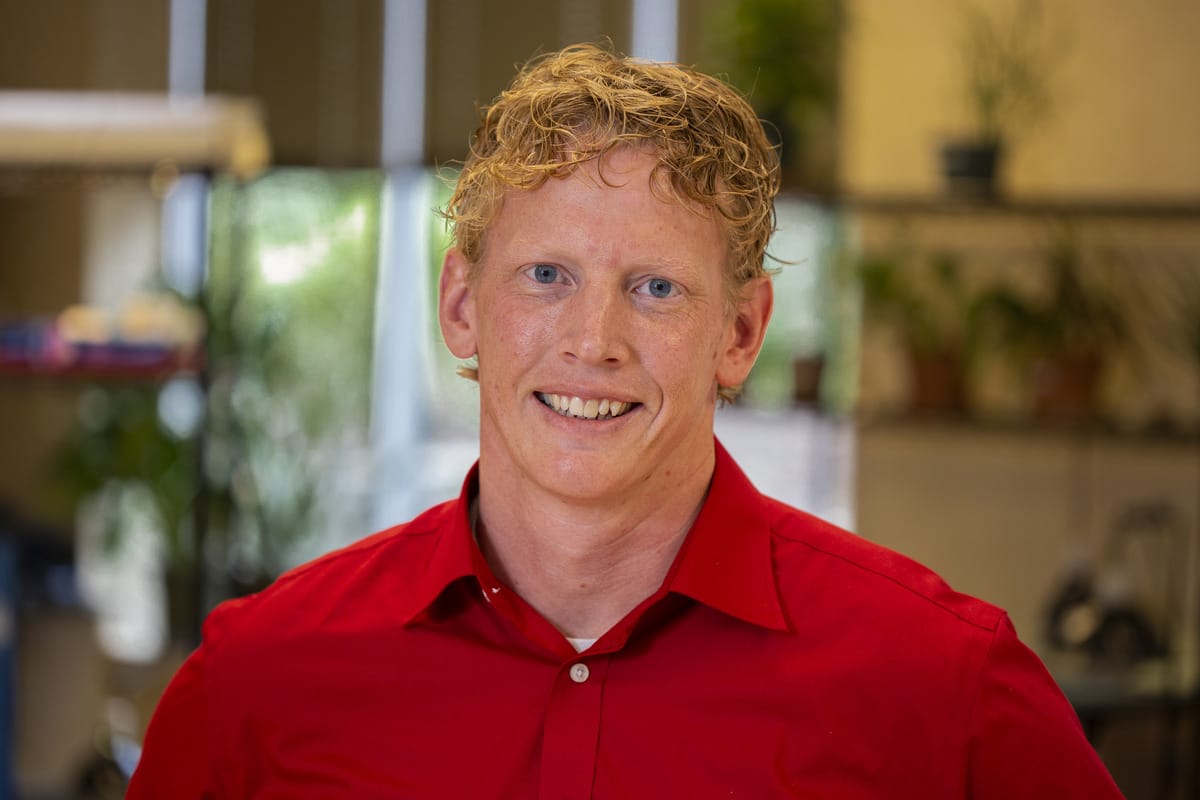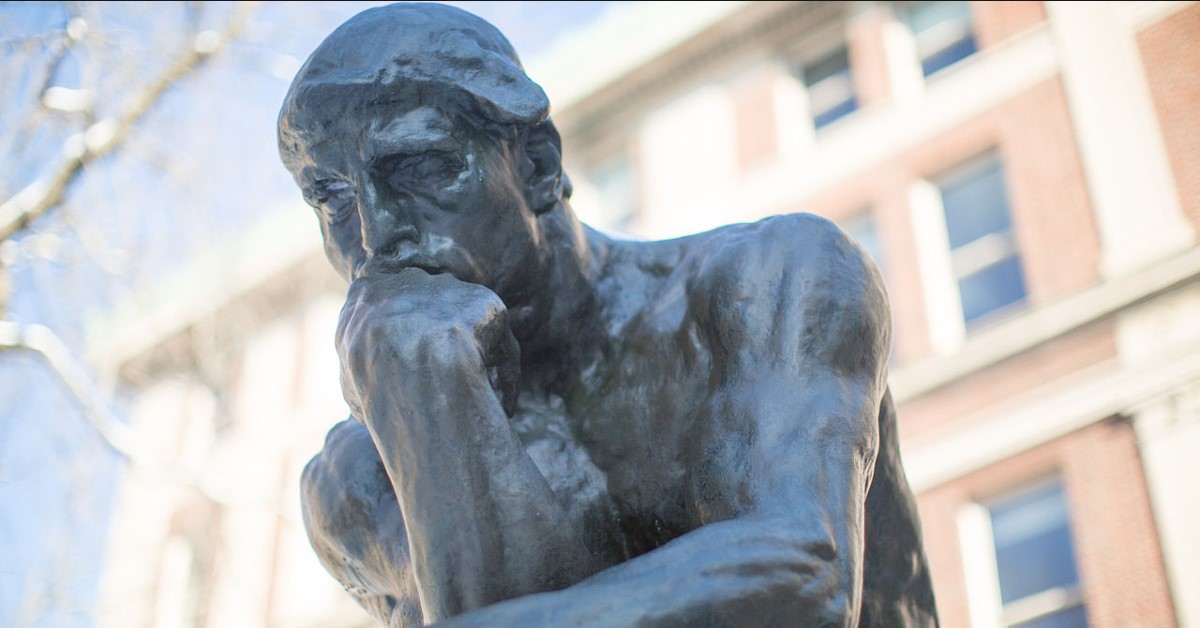During World War I, the death rate from bacterial pneumonia was 18%. In World War II, that number fell to less than 1%, and it was all because of a melon and two questions.
In the years since then, that melon and those questions have saved millions of lives. You see, Alexander Fleming discovered penicillin by accident in his lab in 1928, but had neither the technology or the know-how to turn it into the world-changing medication it would become. It wasn’t until lab assistant Mary Hunt brought in a moldy cantaloupe one day that a strain of penicillin was discovered which could, with skillful scientific manipulation, become an antibiotic that would change the world. Fun fact: after they harvested the mold from the melon, Hunt and her colleagues ate it.
The Two Questions
Eating the penicillin melon can provoke two types of responses. One kind of person wonders, “Why?” The other, “why not?” Those were the reactions of the hosts of Dear Hank and John (a podcast that earns my highest recommendation). As I listened to their responses, it occurred to me: those two questions lie at the heart of everything we do as teachers.
Penicillin came from that melon, certainly. But it also came from why — from Fleming wondering why the bacteria in his petri dishes had died. Penicillin also came from why not — from engineers telling themselves that the world could be changed by this new development. That they could create the infrastructure to produce a new medicine at an incredible scale. That they could overcome any impediments which stood in their way.
When we teach our students to ask why, we’ve helped to train citizens who think and act like scientists. When we teach them to ask why not, we help them think like engineers. Here’s how you can model it in your classroom.
Why?
The heart of science is curiosity, and curiosity begins when we wonder why. Human understanding is built on 3 simple principles:
- People notice things about the world around them.
- They wonder why things happen the way they do.
- They go about testing their answers to see if they’re right.
We can make why-asking a habit in our classrooms by modeling it. We approach our teaching with curiosity, and we share that curiosity with our students. Great teachers think and act like scientists constantly; let’s turn what’s often an internal monologue into a dialogue with our students — they may have some really insightful ideas to add. It also helps them take ownership of their learning, and it lets them see that adults ask and answer why in order to solve their problems.
Why Not?
Similarly, engineering is built on the foundation of why not. Engineers look at the world as it exists, and they imagine a better world — a world where some of humanity’s problems have been solved by ingenuity. We model this when we look at the problems we’re having to see if our students can design solutions. Don’t let obstacles get in your way — work to develop ways around them. As you do this, let awesome be your guide; look for ways to constantly make your classroom more memorable, meaningful, and fun.
For instance, you could build a marble track that you have to race as you pass your papers out. Have your students time the marble to see how long it takes; keep records of the times, and explore why it might sometimes take longer than others. If there’s something awesome you might do in your classroom, be the kind of teacher who asks, “Why not?”
Remember the Melon
Why and Why Not? Those two questions have served humanity well, and they’ll do the same for you and your students. By focusing on why and why not, you can become the kind of teacher your students remember forever — the kind of teacher who stands out!
We hope you are all staying healthy and safe during this difficult time. For more free educational resources, or ideas on how to promote healthy SEL, simply follow this link!
*Image courtesy of VGrigas via Wikimedia Commons.

